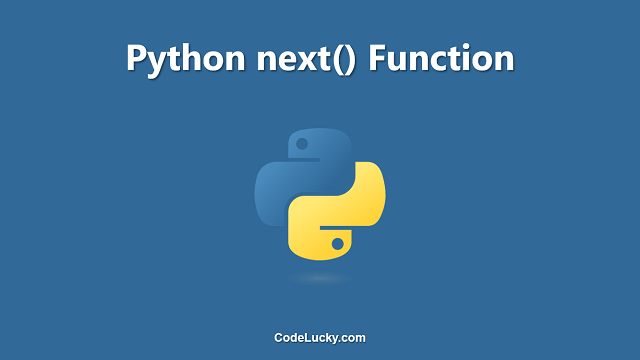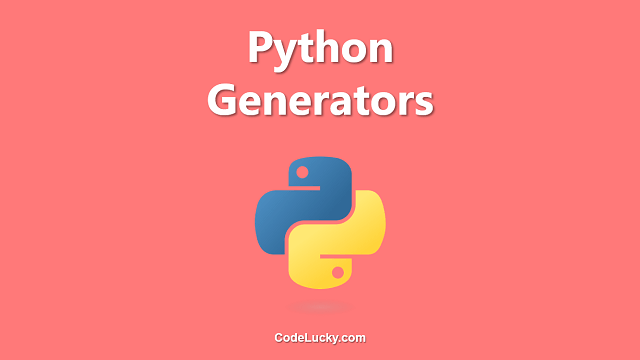The Python next() function is a built-in function that retrieves the next item from an iterator. An iterator is any Python object that can be iterated upon, meaning it implements the __next__() method. The next() function returns the next item from the iterator, and raises a StopIteration exception when there are no more items in the iterator.
Syntax
next(iterator[, default])
Parameters
iterator– The iterator object whose next item is to be retrieved.default– (Optional) The default value to return if the iterator is exhausted. If not provided, aStopIterationexception is raised.
Return Value
The next() function returns the next item from the iterator.
Examples
Example 1: Retrieving the next item from a list
lst = [1, 2, 3, 4, 5] it = iter(lst) print(next(it)) print(next(it)) print(next(it)) print(next(it)) print(next(it))
Output:
1 2 3 4 5
In this example, we have defined a list lst and an iterator it for the list using the iter() function. Then we have used the next() function to retrieve the next item from the iterator and print it. We have repeated this process five times to retrieve all the items from the list.
Example 2: Handling the StopIteration exception
lst = [1, 2, 3, 4, 5]
it = iter(lst)
for i in range(5):
try:
print(next(it))
except StopIteration:
print("The iterator is exhausted.")
break
Output:
1 2 3 4 5
In this example, we have defined a list lst and an iterator it for the list using the iter() function. Then we have used a for loop and the try...except statement to handle the StopIteration exception that is raised when there are no more items in the iterator. If the exception is raised, we print a message indicating that the iterator is exhausted.
Example 3: Using the default value
lst = [1, 2, 3, 4, 5] it = iter(lst) print(next(it, 0)) print(next(it, 0)) print(next(it, 0)) print(next(it, 0)) print(next(it, 0)) print(next(it, 0))
Output:
1 2 3 4 5 0
In this example, we have defined a list lst and an iterator it for the list using the iter() function. Then we have used the next() function with a default value of 0 to retrieve the next item from the iterator and print it. When the iterator is exhausted and there are no more items, the next() function returns the default value 0 instead of raising a StopIteration exception.
Use Cases
The next() function is useful when you want to retrieve items from an iterator one by one and do not want to use a for loop or any other iterating mechanism that retrieves all the items at once. The function is also useful when you want to handle the StopIteration exception, which is raised when there are no more items in the iterator, in a controlled manner.
For example, you can use the next() function to retrieve items from an iterator in a step-by-step process, such as reading lines from a file one by one, or processing items from a generator function one by one. Additionally, you can use the default parameter to provide a fallback value when the iterator is exhausted, which can be useful in cases where the iterator might not contain any items or where the number of items is unknown.







